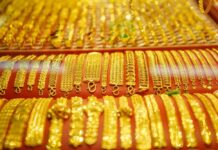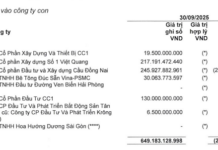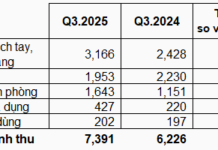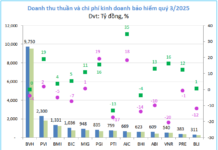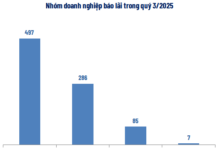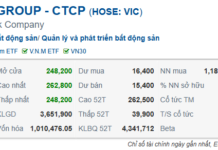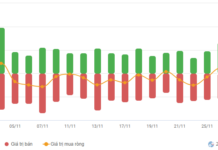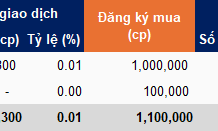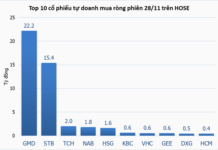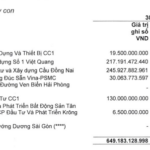One of the standout features of the Galaxy S24 Ultra is its display. Although Samsung doesn’t emphasize it much, this is actually the most notable upgrade on this phone. The display uses the latest Corning Gorilla Glass toughened glass, which is said to not only be more durable but also has a coating that significantly reduces screen glare.
It seems that Apple has taken notice of this advantage, as the iPhone 17 could use a similar anti-glare coating for its screen.
According to a report from MacRumors citing a Chinese leaker, Apple has purchased dedicated screen-coating equipment from Japan and transferred it to its Chinese supply chain. This screen coating will be used on future iPhone models, expected to be the iPhone 17 (as it’s too late for the iPhone 16). As a result, the iPhone 17 series is expected to come with a screen that has better anti-glare and scratch resistance.
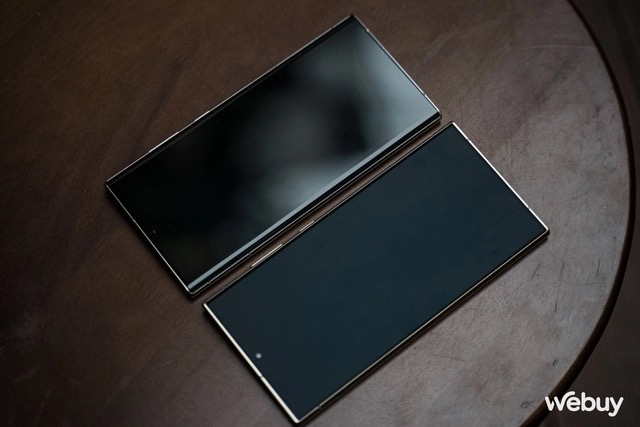
Galaxy S24 Ultra (right) with anti-glare coating compared to Galaxy S22 Ultra
Apple currently uses the “Ceramic Shield” branding for the screen glass reinforced with ceramic by Corning. The Ceramic Shield glass on the iPhone 15 series was claimed to be “tougher than any smartphone glass,” but that was before Samsung used Corning Gorilla Armor glass on the Galaxy S24 Ultra.
Gorilla Armor performs better in drop and scratch tests (although Corning doesn’t disclose the product used as a benchmark). The coating on this glass reduces reflection by up to 75%, improving readability and minimizing screen glare.
The low anti-glare capability of the Galaxy S24 Ultra allows users to use the phone under sunlight or other bright light sources without uncomfortable glares. Once you experience the anti-glare screen of the Galaxy S24 Ultra, you’ll start noticing the glare issue becoming more obvious on other devices. No need to tilt the phone or shield it to view content on the Galaxy S24 Ultra’s screen, as the anti-glare screen combined with high brightness will be enough to satisfy you.
It is still unclear whether Apple will be able to achieve similar results for the iPhone 17. If they can, this will drive the smartphone industry to widely adopt this new screen technology.








